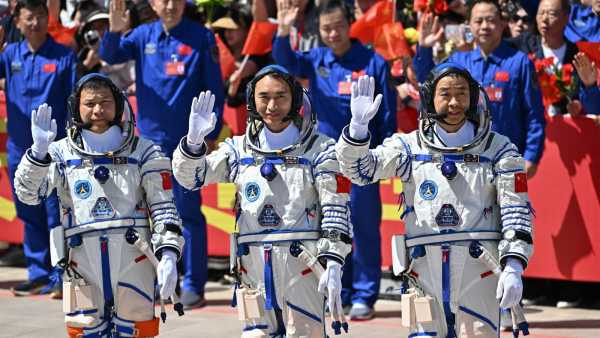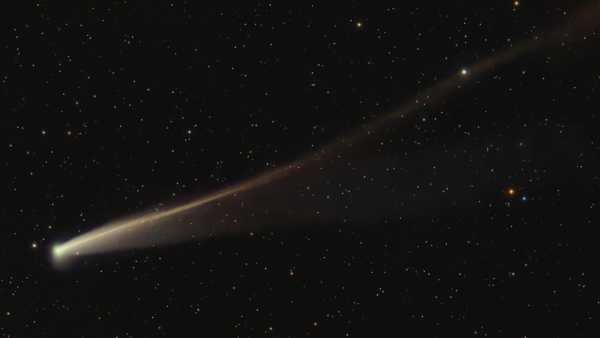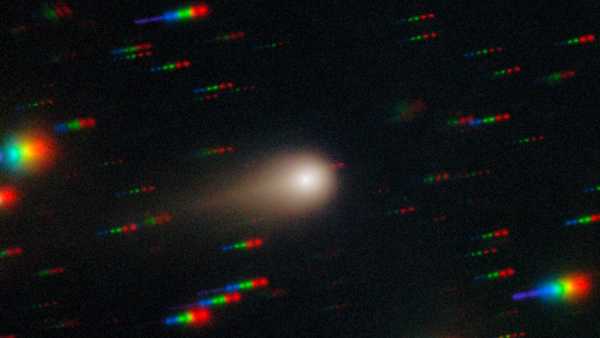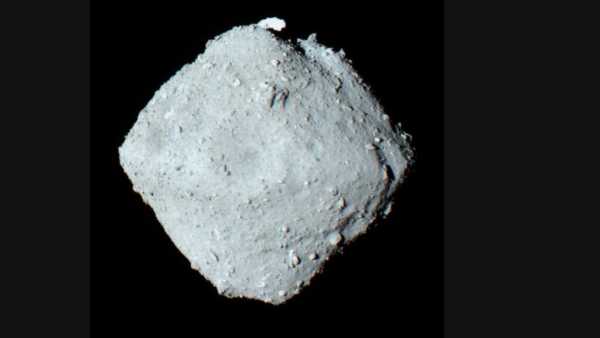
A close-up of the asteroid Ryugu. New analysis of space rock samples suggests that water once flowed through its interior. (Image credit: ISAS/JAXA, CC BY 4.0, via Wikimedia Commons)
Scientists in Japan now believe that liquid water once flowed through the centre of the near-Earth asteroid Ryugu after researchers discovered something unusual in space rock samples returned to our planet five years ago.
The researchers say the unexpected findings could have potential implications for understanding how Earth got its water.
You may like
-
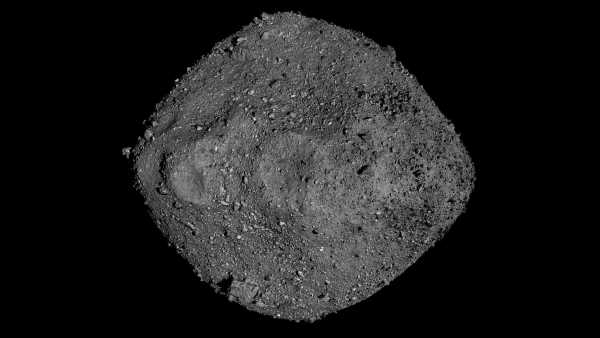
The Bennu sample contains dust that is older than the solar system itself.
-
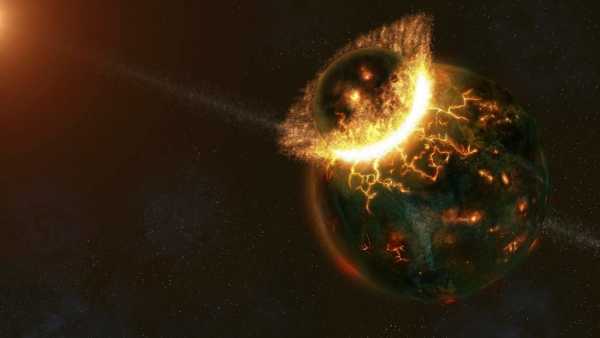
New research suggests that a catastrophic collision with a neighboring planet may be the reason for life on Earth.
-
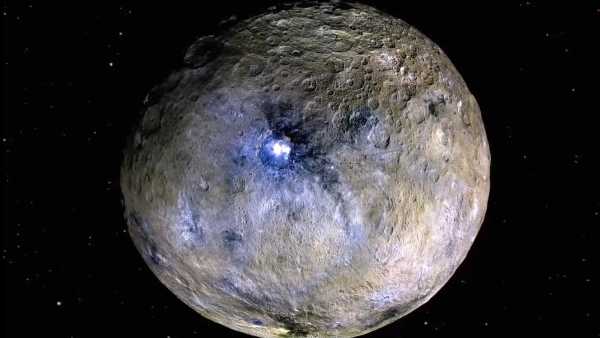
NASA Finds Dwarf Planet Ceres Has Hidden 'Power Source' That Could Have Fueled Alien Life
Between 2018 and 2019, Ryugu was visited by Japan's Hayabusa2 mission, during which the probe landed on the spinning top-shaped space rock and collected samples that were later returned to Earth in December 2020.
In a new study published Sept. 10 in the journal Nature, the researchers found chemical irregularities in these samples that they say can currently only be explained by the historical presence of flowing water inside the asteroid.
“We found that Ryugu retained the original evidence of water activity,” said lead author Tsuyoshi Iizuka, a geochemist at the University of Tokyo in Japan. He added that “there is evidence that liquids were moving through its rocks.” “That was a real surprise!”
The new results came after the team analyzed radioactive isotopes – rare versions of elements with altered atomic masses – of lutetium (Lu) and hafnium (Hf) in the samples.
Lu-176 naturally decays into Hf-176 via beta decay, in which an element emits charged subatomic particles like electrons or positrons, turning them into something else. By calculating the ratio of Lu-176 to Hf-176 and comparing it to the half-life of Lu-176 — the time it takes for half of a sample of the isotope to decay naturally — the team set out to determine the age of the samples.
However, when the researchers analyzed the samples, they found that they contained too much Hf-176. The only way to explain this result, the researchers say, is that ancient liquid water washed most of the Lu-176 out of the samples, which could have started shortly after Ryugu was born.
You may like
-
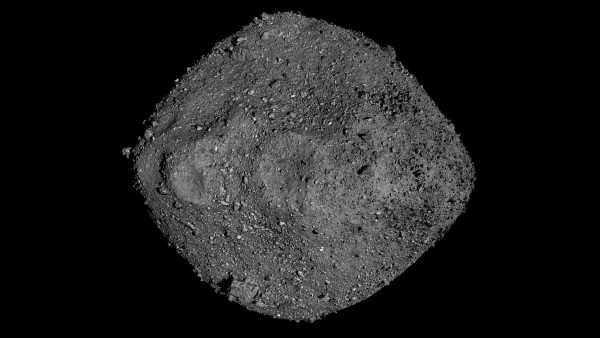
The Bennu sample contains dust that is older than the solar system itself.
-
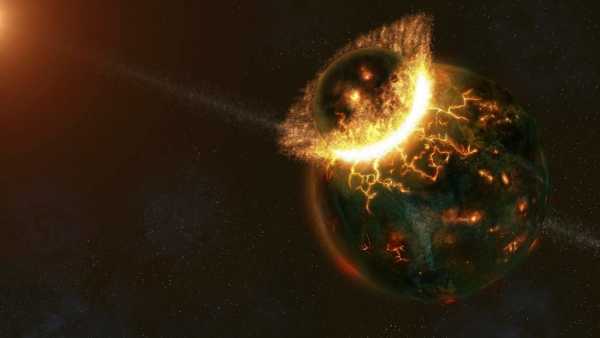
New research suggests that a catastrophic collision with a neighboring planet may be the reason for life on Earth.
-

NASA Finds Dwarf Planet Ceres Has Hidden 'Power Source' That Could Have Fueled Alien Life

These bits of rock and dust were collected from the near-Earth asteroid Ryugu by the Hayabusa2 spacecraft in 2019. A watery past
“The most likely cause [of the water's appearance] was an impact from a larger asteroid that was Ryugu's parent, which caused cracks in the rock and melted buried ice, allowing liquid water to seep through the body,” Izuka said.
A recent analysis by the James Webb Space Telescope (JWST) found that Ryugu's parent asteroid may also have given birth to the asteroid Bennu, which was visited by NASA's OSIRIS-REx mission, which returned samples of the asteroid to Earth in September 2023. However, no similar signs of flowing water have been found in Bennu samples so far, creating uncertainty about the origins of these asteroids.
Given that Ryugu likely had flowing water, the researchers also believe that its parent asteroid could have held ice for at least a billion years after the formation of the solar system, much longer than was thought possible for most asteroids to hold water.
“This changes our understanding of the long-term fate of water in asteroids,” Izuka said. “The water stayed there for a long time and did not run out as quickly as previously thought.”
RELATED STORIES
— Samples of 'alien' asteroid Ryugu teeming with life — from Earth
— The “building blocks of life” found on the asteroid Ryugu are older than the solar system itself.
— We may finally know why the spinning top-shaped asteroid Ryugu has such a strange shape.
It is widely accepted that most of the water on Earth probably came from collisions with asteroids, comets and other planetesimals early in the solar system. New evidence suggests that asteroids may have played a much larger role in this process than previously thought, and may have delivered three times more water to our planet than expected, researchers say.
The research team now plans to analyze phosphate streaks in the samples, which will allow them to more accurately determine the age of the water that flowed through Ryugu, and to take a closer look at isotopes from the asteroid Bennu to see if it has signs of flowing water, Live Science sister site Space.com reports.
TOPICS water Japan Solar system

Harry BakerNavigate Social LinksSenior Staff Writer
Harry is a senior writer for Live Science based in the UK. Before becoming a journalist, he studied marine biology at the University of Exeter. He covers a wide range of topics, including space exploration, planetology, space weather, climate change, animal behaviour and palaeontology. His recent work on solar maximum won the 2024 Aerospace Media Awards in the Best Space Story category and was shortlisted for the 2023 NCTJ Awards for Excellence in the Breaking News category. He also writes Live Science’s weekly series Earth from Space.
You must verify your public display name before commenting.
Please log out and log back in. You will then be prompted to enter a display name.
Exit Read more
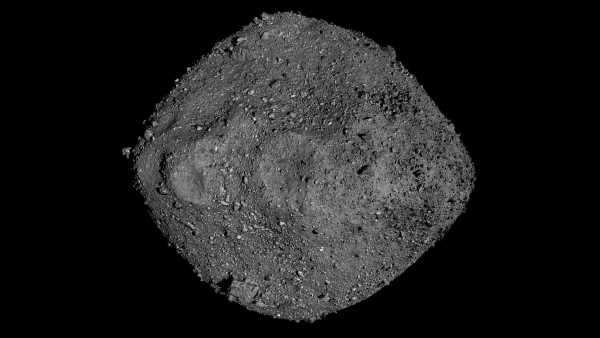
The Bennu sample contains dust that is older than the solar system itself.
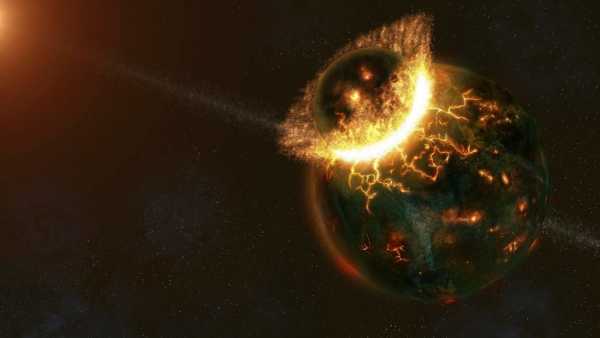
New research suggests that a catastrophic collision with a neighboring planet may be the reason for life on Earth.
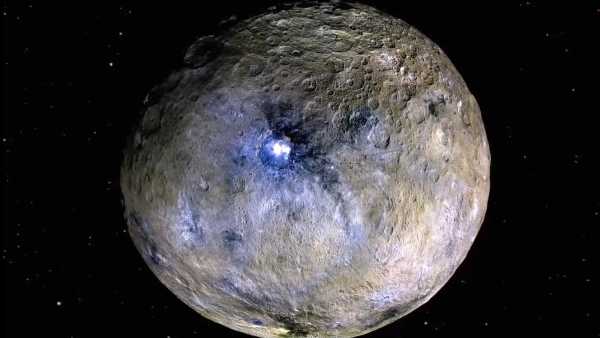
NASA Finds Dwarf Planet Ceres Has Hidden 'Power Source' That Could Have Fueled Alien Life

If aliens existed on Mars 3.7 billion years ago, they would have needed umbrellas.
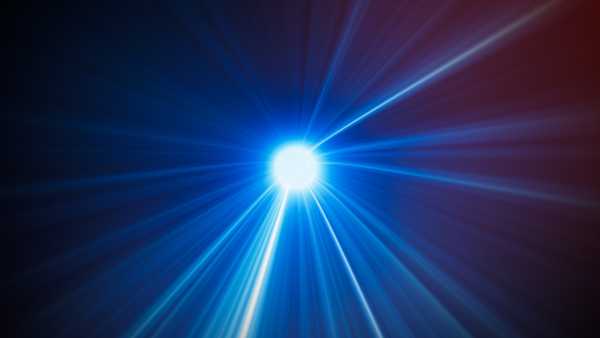
Cosmic rays may help support alien life on planets outside the 'Goldilocks zone'
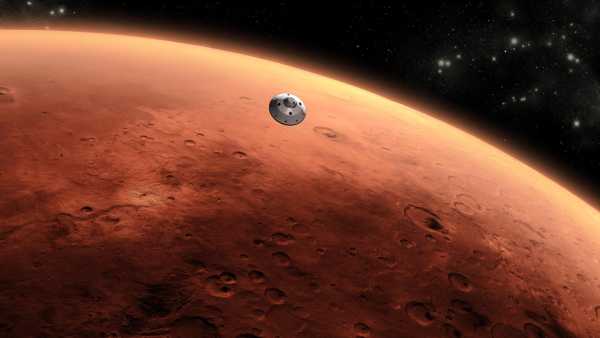
The mystery of Mars's disappearing water may be revealed by the planet's sharp tilt
Latest Asteroid News
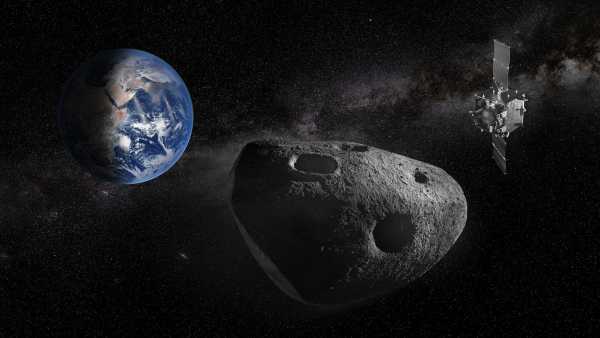
Asteroid Apophis flyby will be a 'once in a millennium' opportunity for skywatchers and scientists
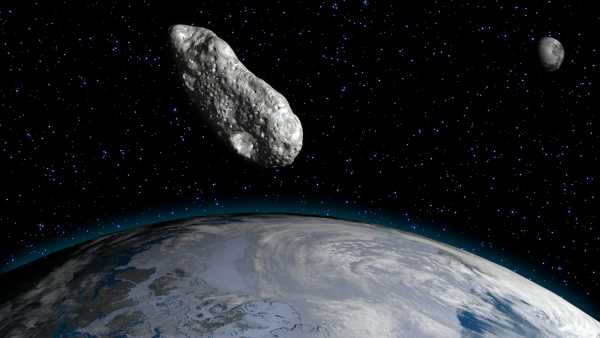
A newly discovered bus-sized asteroid will fly past Earth today and will not return for exactly 100 years.
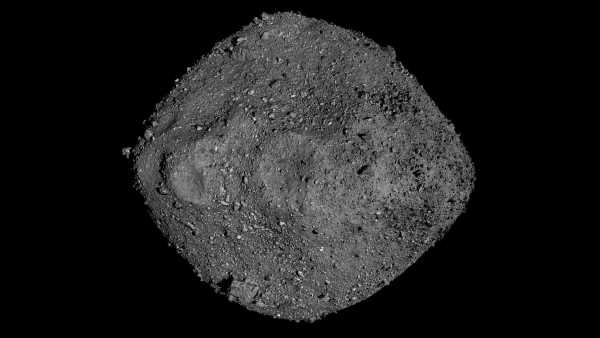
The Bennu sample contains dust that is older than the solar system itself.
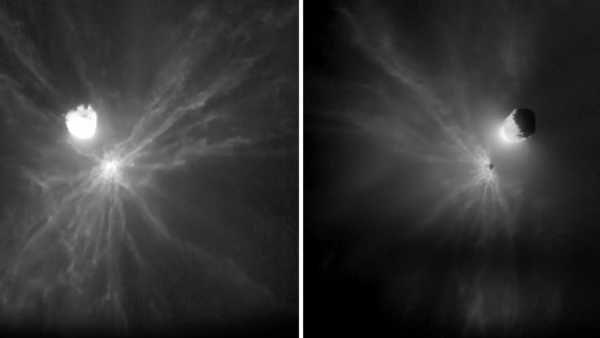
Giant space 'boulders' released by NASA's DART mission are not behaving as expected, revealing hidden risks of asteroid deflection.
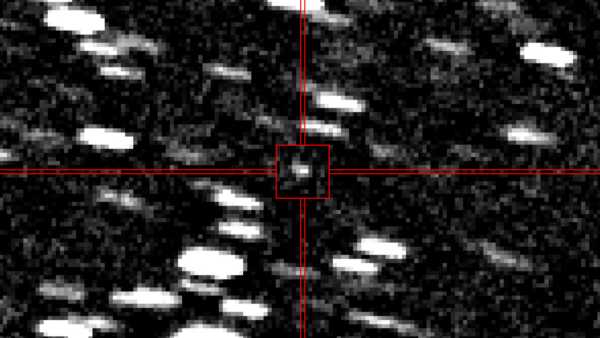
Astronomers have discovered a potential 'interstellar visitor' flying through the solar system towards Earth.
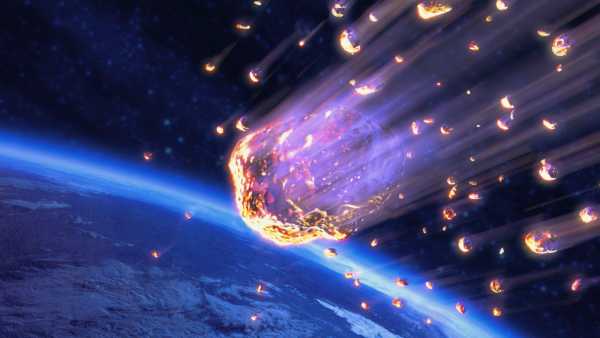
Asteroid 2024 YR4, the 'city killer', could shower Earth with bullet-shaped meteors if it collides with the Moon in 2032.
Latest news
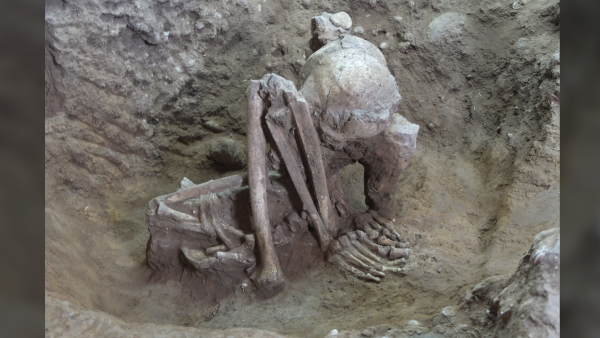
Researchers have discovered that the world's oldest mummies were smoke-dried 10,000 years ago in China and Southeast Asia.
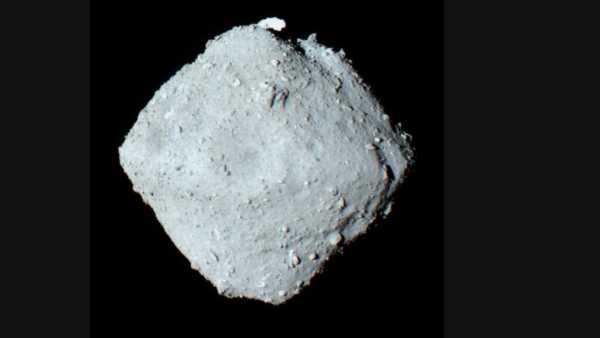
Shocking Analysis Shows Water Once Flowed on Asteroid Ryugu
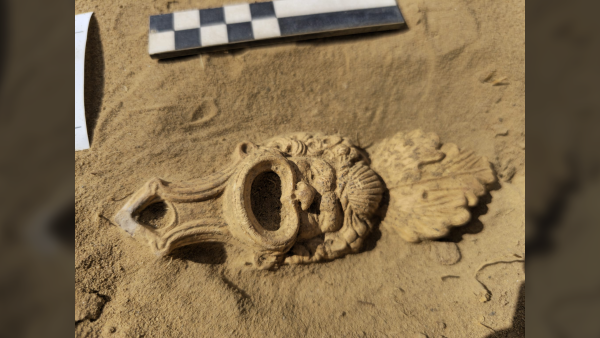
A 1,900-year-old oil lamp that lit the way to the afterlife has been found in a Roman cemetery in the Netherlands.

Scientists have measured for the first time the 'natal kick' that sent a tiny black hole into space.
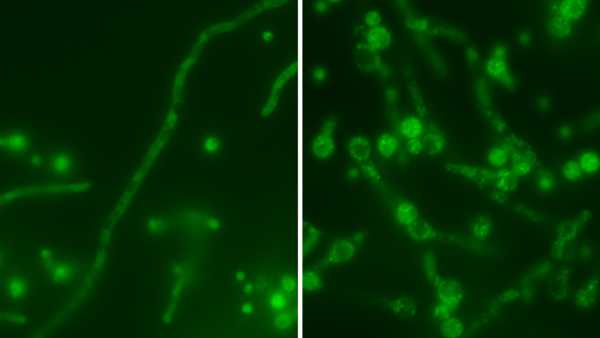
The 'Russian Doll' virus is hidden inside a deadly fungus, making it even more dangerous to humans

Early research suggests changing diet could make brain cancer treatment easier
LATEST ARTICLES
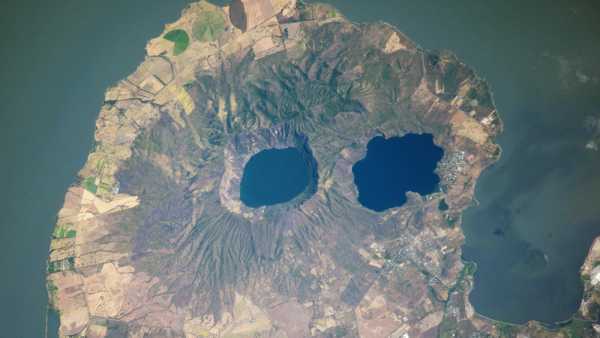
1Volcanic 'eye-rockers' stare into space from a skull-shaped peninsula.
Live Science is part of Future US Inc., an international media group and leading digital publisher. Visit our corporate website.
- About Us
- Contact Future experts
- Terms and Conditions
- Privacy Policy
- Cookie Policy
- Accessibility Statement
- Advertise with us
- Web Notifications
- Career
- Editorial Standards
- How to present history to us
© Future US, Inc. Full 7th Floor, 130 West 42nd Street, New York, NY 10036.
var dfp_config = { “site_platform”: “vanilla”, “keywords”: “type-news-daily,serversidehawk,videoarticle,van-enable-adviser-
Sourse: www.livescience.com


